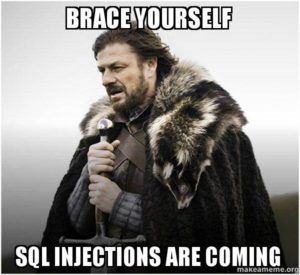Insecure Deserialization: A Silent Killer in Modern Applications
In the realm of cybersecurity, one vulnerability that continues to haunt developers and security professionals alike is insecure deserialization. This seemingly innocuous process, crucial for transferring data between systems, harbors a myriad of risks when implemented carelessly. We delve deep into the intricacies of insecure deserialization, uncover its potential threats. I will also demonstrate practical examples in PHP, Java, and Python.
What is serialization
Serialization is the process of converting complex data structures, such as objects and their fields, into a “flatter” format that can be sent and received as a sequential stream of bytes. Serializing data makes it much simpler to:
- Write complex data to inter-process memory, a file, or a database
- Send complex data, for example, over a network, between different components of an application, or in an API call
Crucially, when serializing an object, its state is also persisted. In other words, the object’s attributes are preserved, along with their assigned values.







 injection vulnerability and database takeover. It is completely automated and customization depending upon the server or database configurations. This tool provides wide ranges of flags which can be used to trigger an attack in an effective manner. It is completely open-source in terms of license. Its written in python. Now as I am going to discuss more and more about sqlmap
injection vulnerability and database takeover. It is completely automated and customization depending upon the server or database configurations. This tool provides wide ranges of flags which can be used to trigger an attack in an effective manner. It is completely open-source in terms of license. Its written in python. Now as I am going to discuss more and more about sqlmap 